-
 1
1
Case Number : Case 2866 - 01 July 2021 Posted By: Saleem Taibjee
Please read the clinical history and view the images by clicking on them before you proffer your diagnosis.
Submitted Date :
64F, punch biopsies x 2, left thigh. Widespread red/brown macules on both thighs.

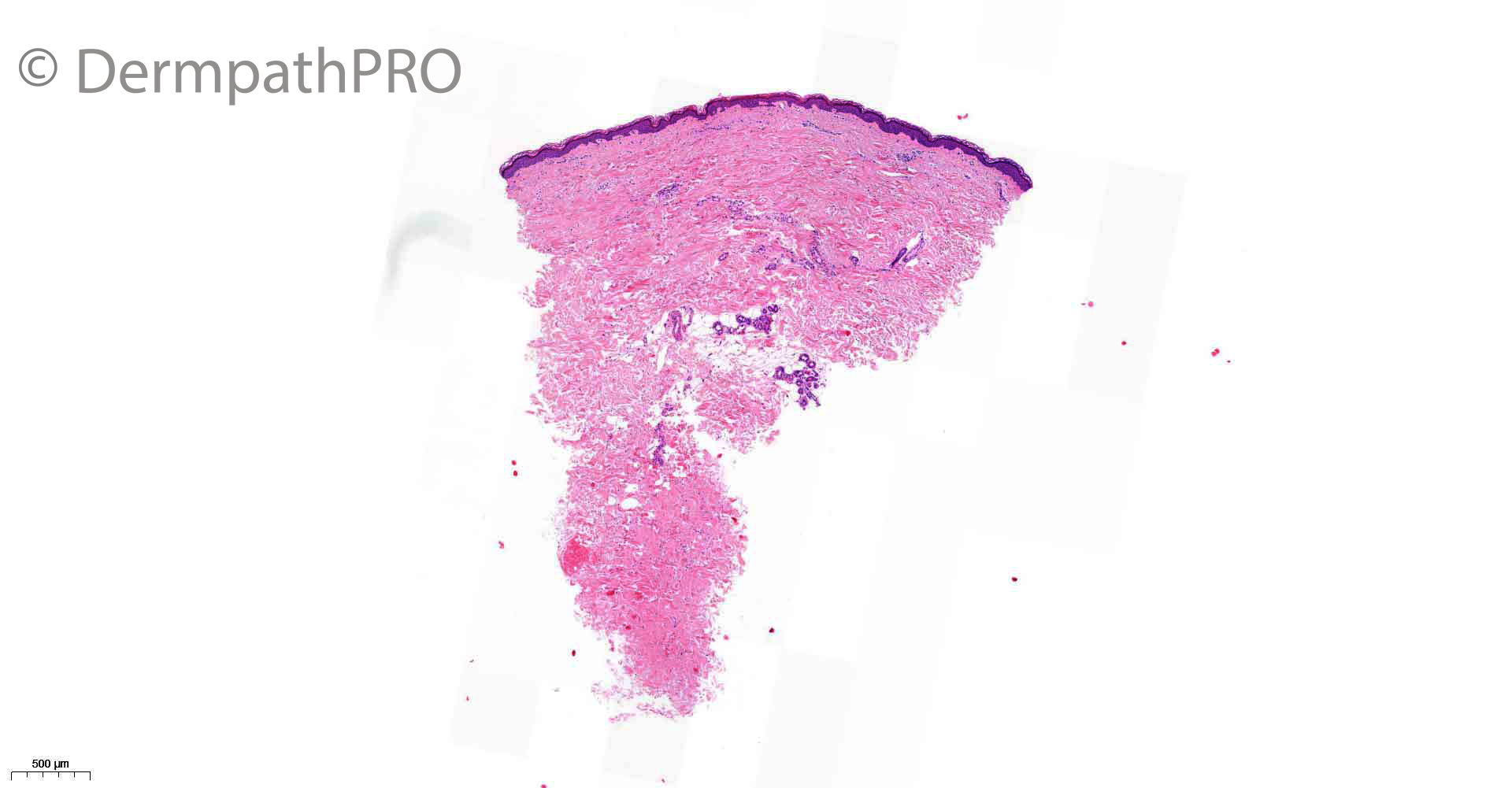
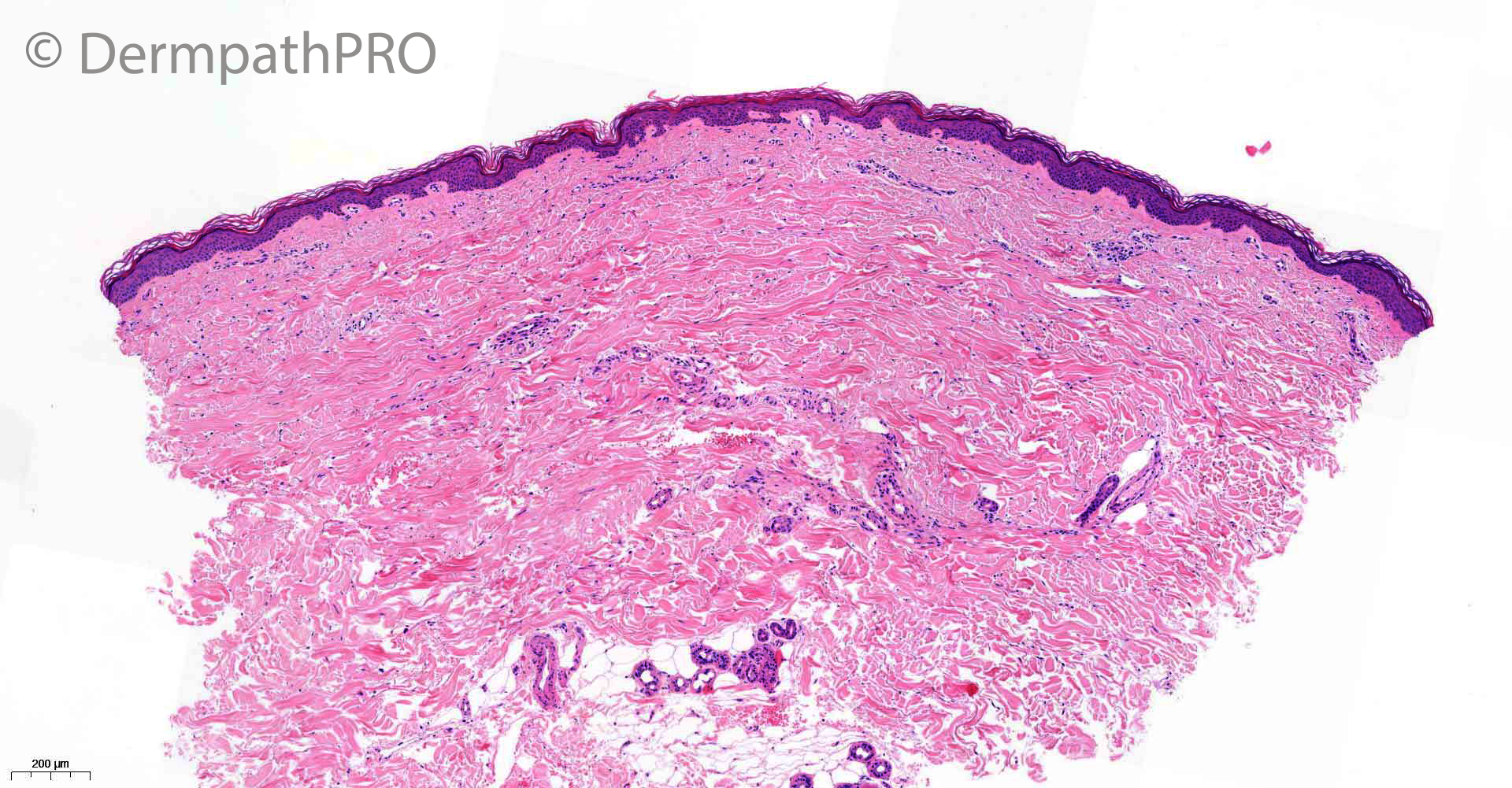
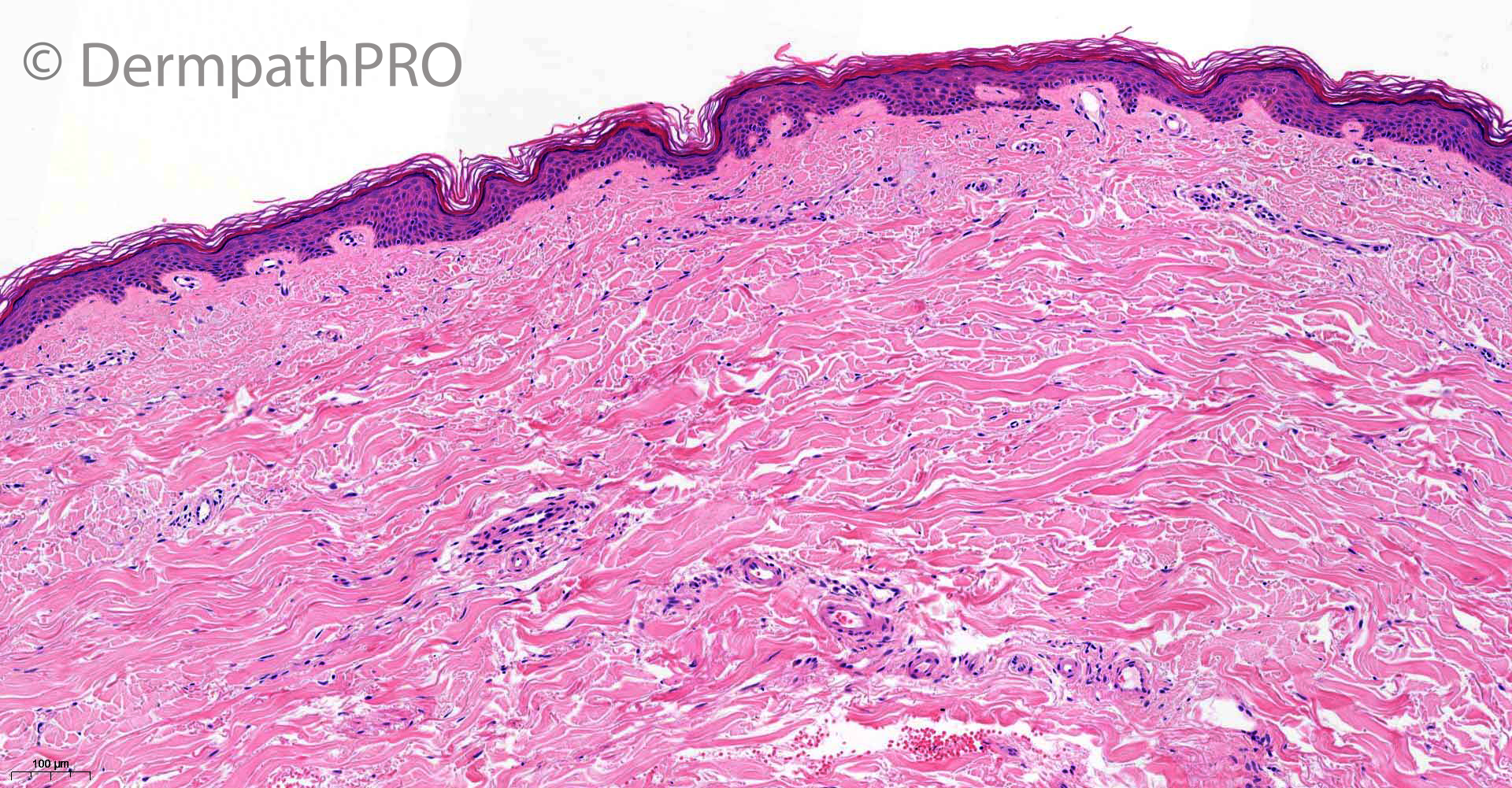
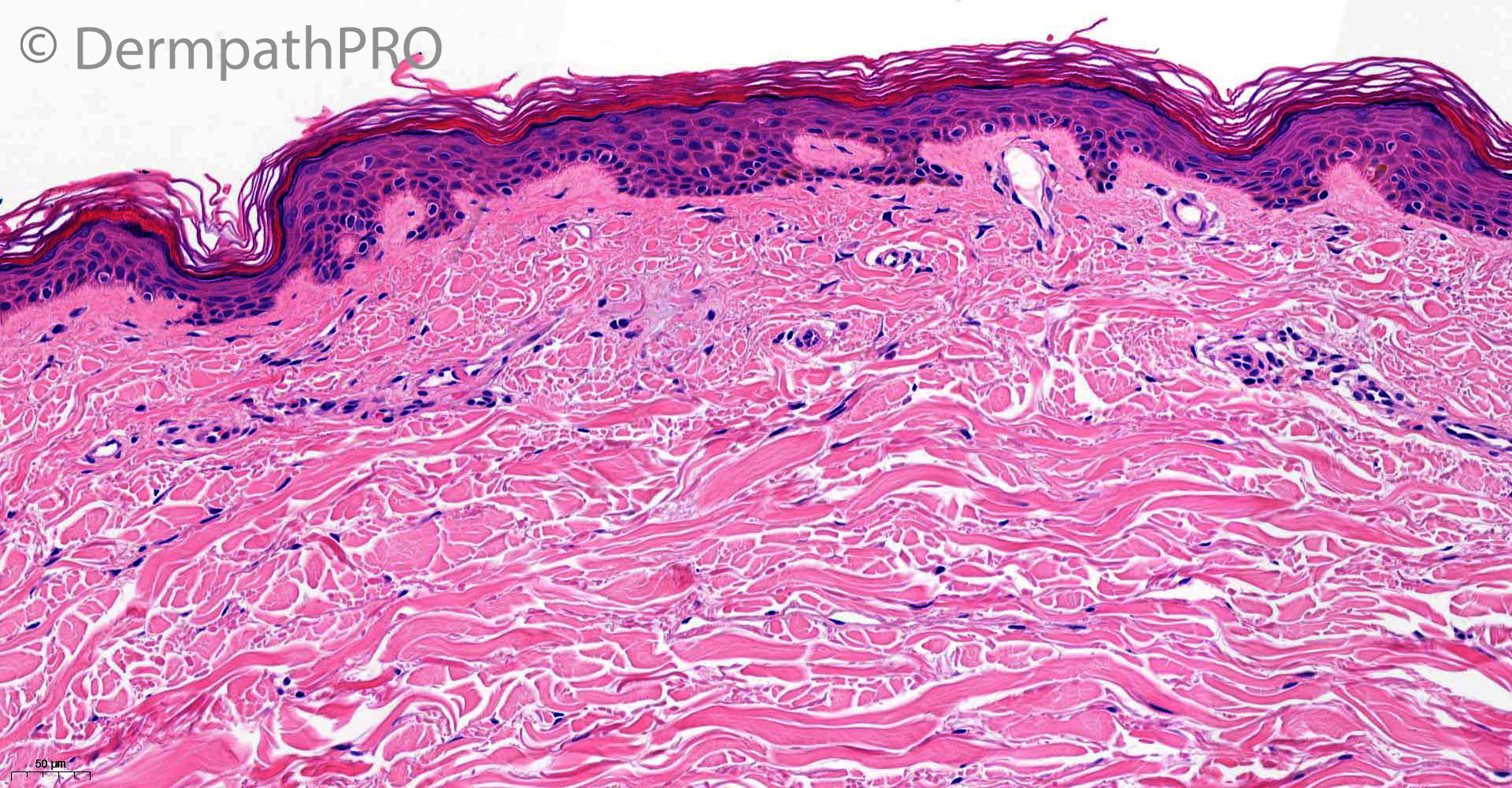

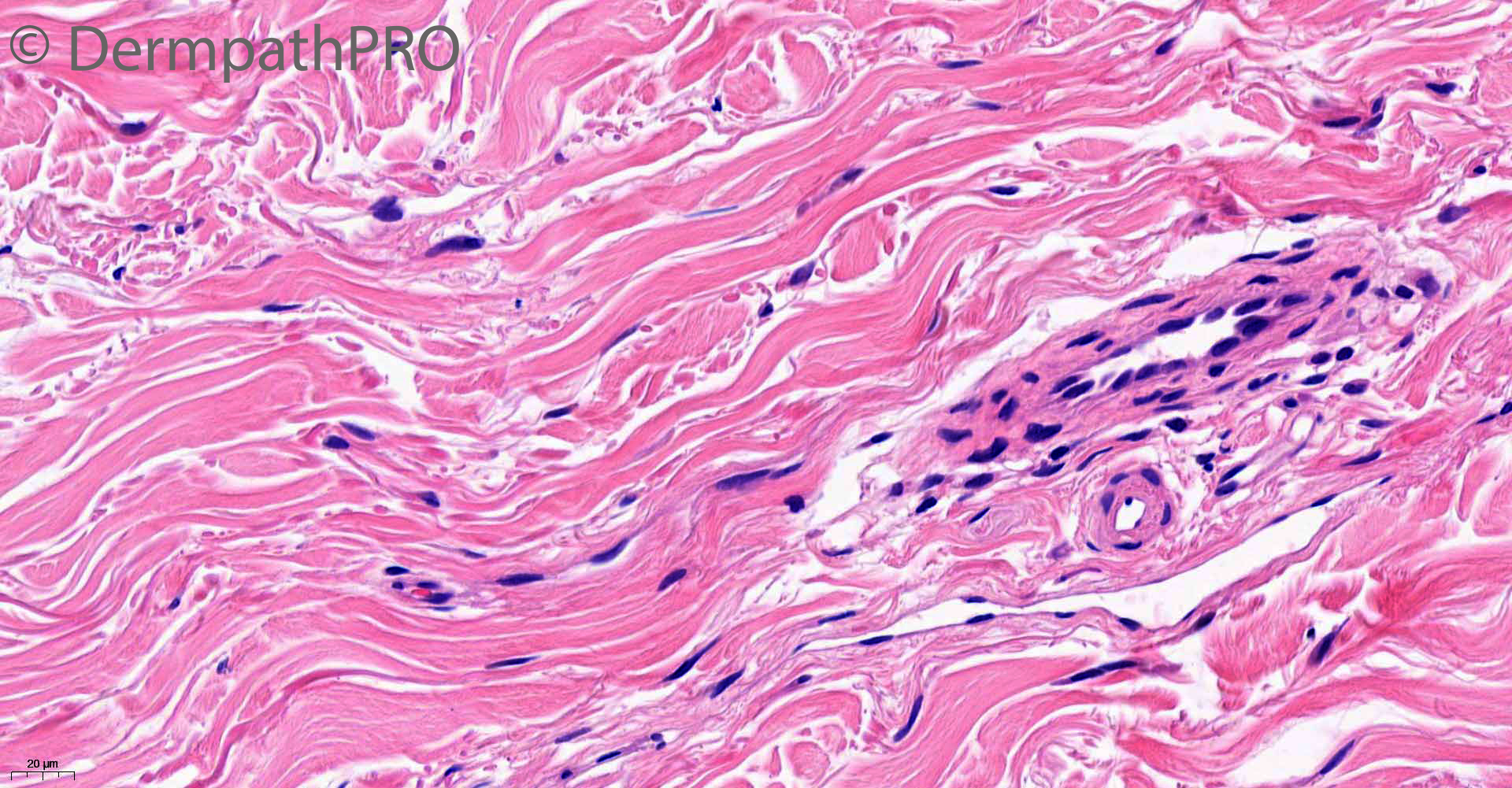

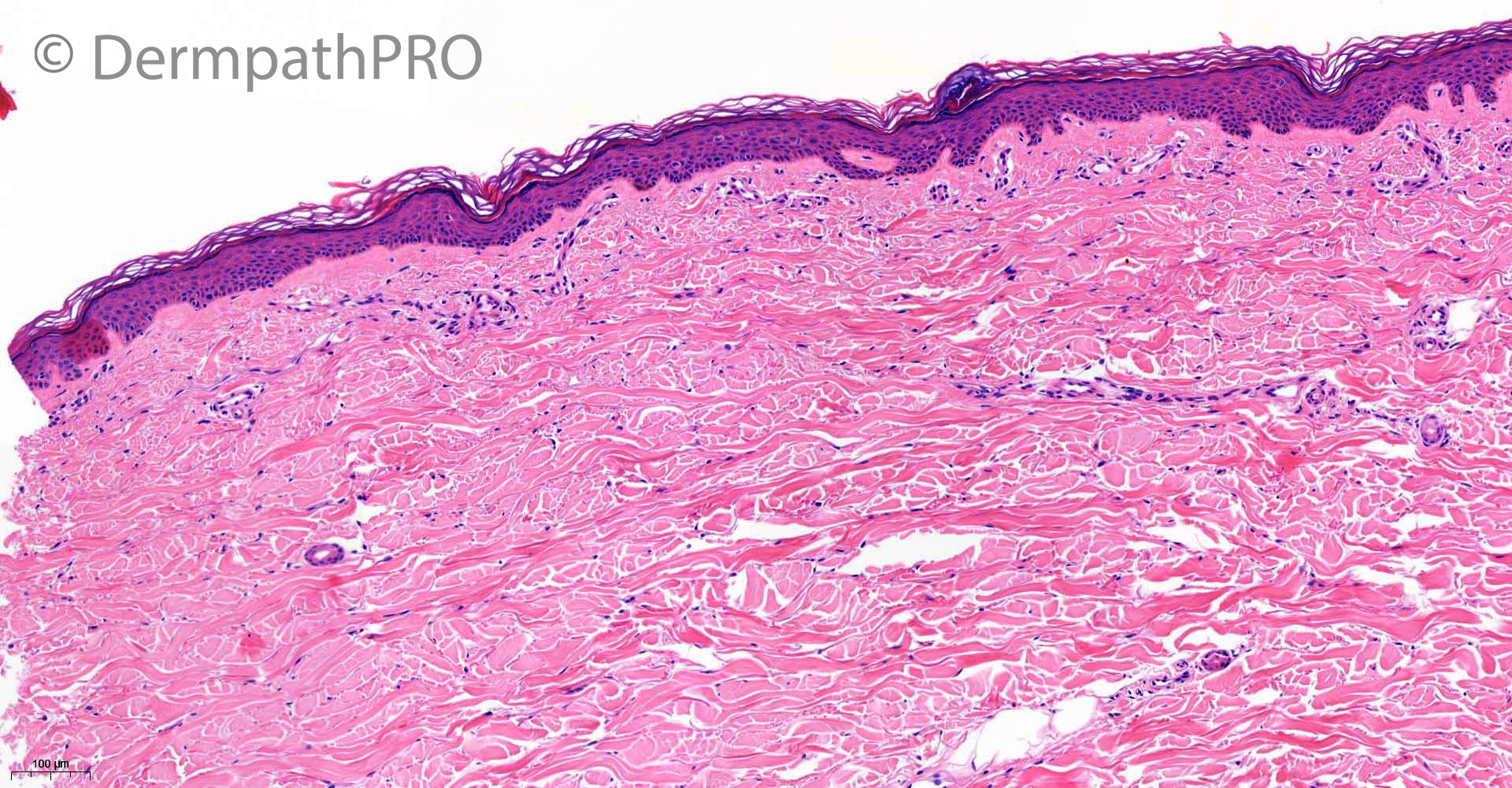
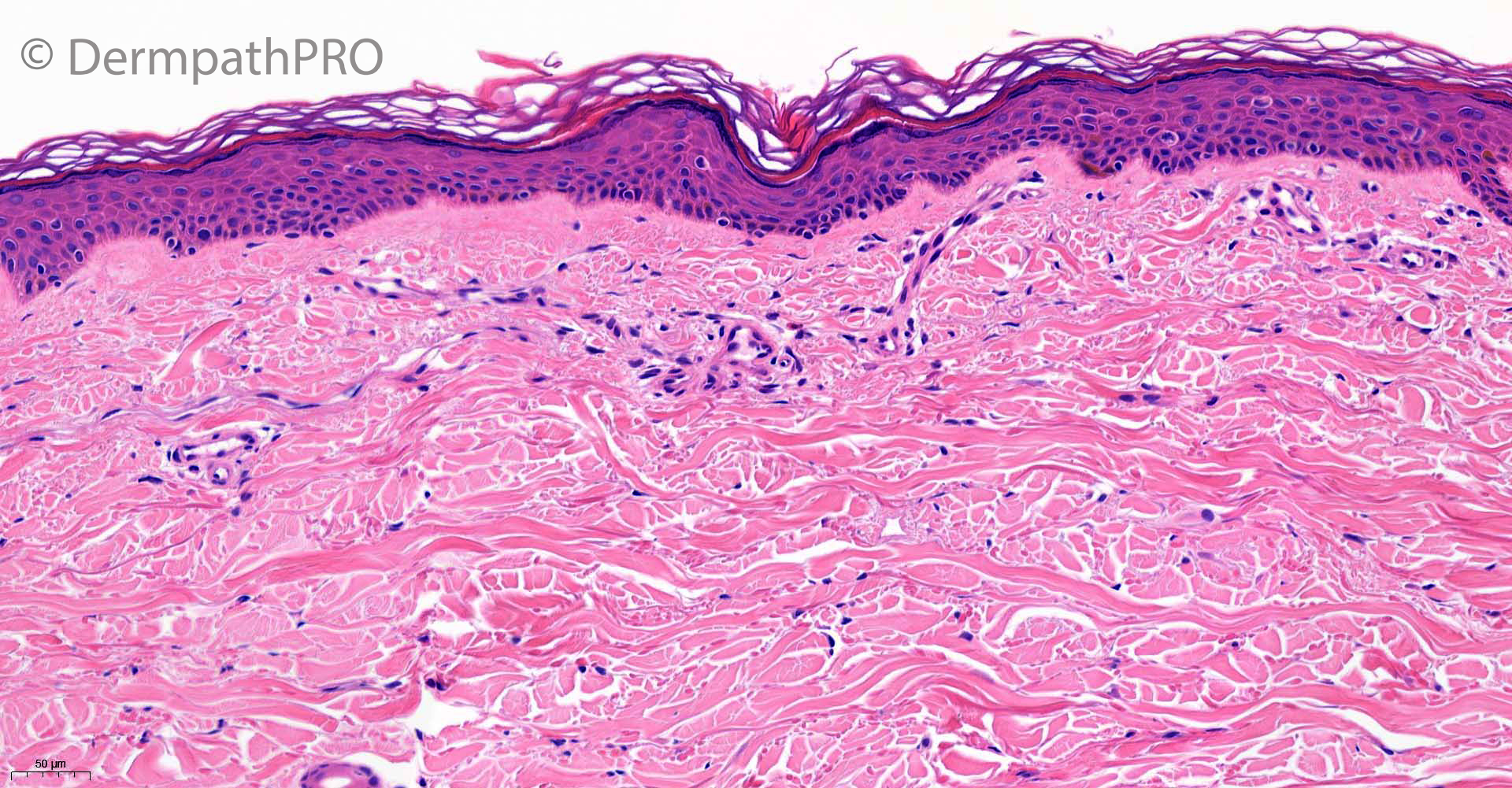
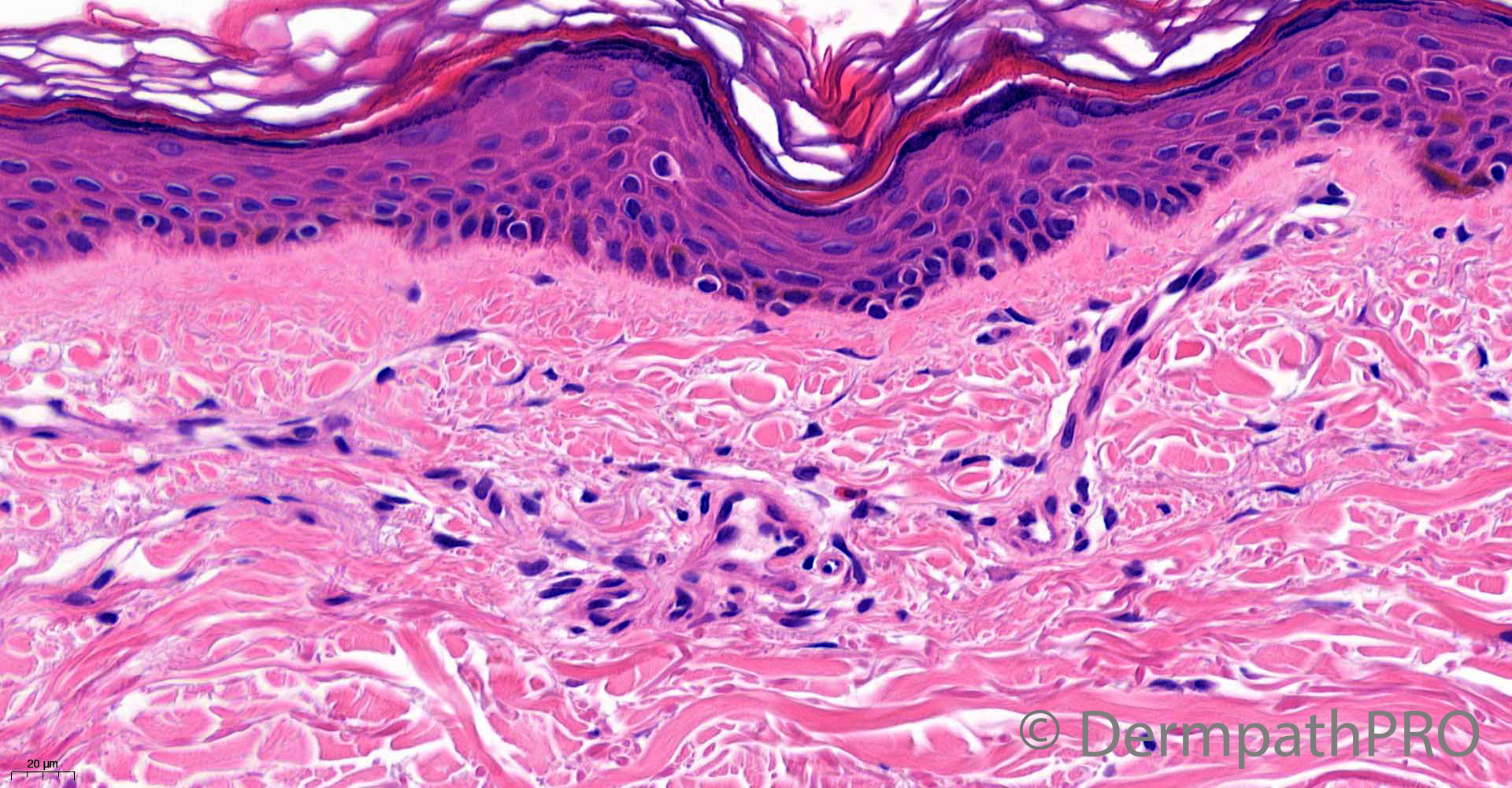
Join the conversation
You can post now and register later. If you have an account, sign in now to post with your account.